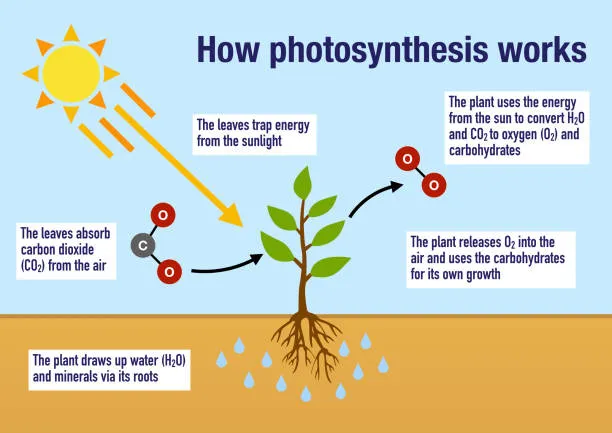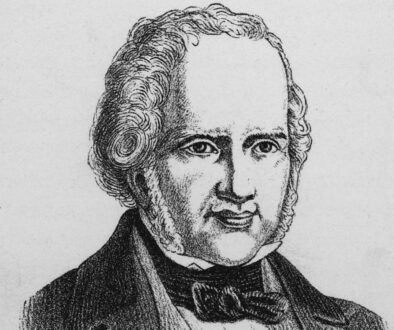Positive change- but how?
After the National Party and CAP crashed, my late friend and mentor, Betsy and I used to discuss over tea at the White Spot how to achieve much needed positive change.
Betsy felt that in the end you had to achieve change at the National government level. I pointed to the positive change a very small number of us managed to get in the Shuswap lake case, where we stopped all future developers from dumping sewage into the lake.
Betsy pointed out then that local changes are easier to do, but have not percolated upward to significant change at the national government level.
I think this is still a question without an answer! In other words, how do we get from here to there?
And do we actually agree on what “there” should be? I wonder! Maybe that should be the start of any debate!
So in this article I will touch on a few of my “there’s”.
Here are some of the topics for early debate that I would consider important:
- How to improve government so it’s more democratic (responsive to people’s needs)
- Do we need political parties?
- CO2: necessary for life or a toxic poison?
- What is the real cause of climate variation/change?
- Mega cities: saviours of our future, concentration camps, or future ghost towns?
- Over population in Canada, or do we need huge immigration #s?
- Carrying capacity: how many people can we actually feed? At what living standards for all?
The recent wildfires in my Shuswap community illustrated the shortcomings of centralized government decision making. It did not take into account actual conditions on the ground, nor future weather conditions, but decreed that a back burn would be good. It was not good. Most local residents knowledgeable of the topography and site conditions like dry slash on the ground next to the proposed back burn would have urged against this step. A glance at the wind forecast on the internet would have further screamed against the back burn!

But government action planned from a distance is not so easily or quickly adapted to change in current circumstances!
Well, what does this suggest? To me it suggests the need for decision making changes: decisions and financing of which needs to be much closer to the local communities!
Local communities can more easily engage in direct democracy, by holding community meetings where decisions are arrived at by the people most directly affected. Also they can be called on short notice.
But what about “National issues”? And do we need political parties to make these decisions?
Personally I fail to see how political parties make anything better! Especially today when there is scant difference between them — at least in Canada.
Why couldn’t we have a Parliament of Independents chosen by the ridings not on the basis of a party, but rather on who the local (riding) citizens consider most competent, committed to their riding, and honest? Such a person would be paid as directly by the riding as possible (some equalization would be required), but the riding would have the ability to recall MP’s who do not work for the benefit of their electors by a simple majority.
Given the fast electronic communication available today, even matters of an international nature could be decided in each riding via an email ballot, and “electronic meetings”.
It may surprise some MP’s to see just how intelligent and common sense “average citizens” are!
Let’s now turn to some of my other concerns.
I feel we are victims of many “Phony solutions”!
This title covers a number of topics. Let’s begin with that deadly CO2, and the zero CO2 solution! Don’t kids have science in school any more? Or more to the point, haven’t their parents ever learned about photo synthesis, and how green plants need CO2 to live and be able to produce oxygen so we can live?

Sometimes I wonder if maybe there isn’t already a shortage of oxygen (not enough CO2 eating plants?) to keep our brains working. Even a small drop in the proportion of Oxygen in our air makes our brain functions slow down —and forget that CO2 is essential to life.
Even those farting cows producing methane sound like innocent victims in a game to make us eat insect burgers. Wonder who is invested in those bug factories. To find out follow the $$, we might be surprised at what we find!
My “educated guess” is that changes in climate, which have been going on for ever, are due more to natural causes like sun flares than me driving my small Toyota to the supermarket to buy hamburger!
If we believe that climate is changing, we should react as if this trend might be here to stay even if we killed all the cows, threw our cars in the garbage dump and walked into the sunset. Heroically, of course!
So how about a couple of practical changes? Back in the 70’s when we thought gasoline would be in short supply, car makers were able to build vehicles that needed far less gasoline/mile. But when we found there really was no shortage, the research into economical engines stopped.
I suggest that this R&D needs to start up again. I bet cars could still use a lot less gasoline than they use now.
This would also be ecologically sound, as it would reduce the destruction of more land to mine lithium for batteries to make electric vehicles.
Before we had technologies like air-conditioning, temperatures were moderated by architectural design.
For example, the Middle East did not build glass high-rises, but rather whitewashed buildings with thick masonry walls. In other Mediterranean countries there were covered walkways, and roofed balconies that only allowed sun to enter rooms in winter when the sun’s angle was low. None of these required any extra energy resource inputs.
Of course today we don’t question architects’ designs. Super dense, (un) livable cities which create their own negative micro climates requiring large energy inputs are pushed as “green” when a few tiny parks are scattered here and there. Even worse than the so called “free run” poultry factories!
Strategically these mega cities are a tragedy of immense proportions waiting to happen. They are also a great way for unethical governments to control people!
I could go on for a long time on the weaknesses of huge, dense conurbations! I would just suggest a few ideas that were once current and seem to have been forgotten.
When I was doing my Masters degree in Community and Regional Planning, we spoke about satellite cities. New towns, where these new communities would be surrounded by farmland, providing fresh food without a need for long distance transport. Food self-sufficiency would also offer a considerable degree of independence to such communities! If no one can cut off your food supply, they can’t control you quite so easily. And fresh food is a lot healthier than something pre-packaged and delivered after sitting in transit for days or even weeks!

Sometime after I had moved to work with Parks Canada this solution disappeared to be replaced by the current model, related uncannily to the tiny Indian Reserves we see in BC. As a native friend once said “I’m sorry for you people. The government is doing to you exactly what they did to us 200 years ago!”
This leads to another skewed bit of contradictory arguments our Federal government is dishing out:
* “The dense mega cities are necessary to accommodate our growing population”.
- “Canada’s natural population by birthrate is too low, we don’t have enough people; we need to bring in 500K new citizens every year for our economy to work!”
- Fact: Canada is no longer food self sufficient; we import a significant portion of our food already.
- If the temperature were to rise by 3 degrees, the prairies would turn into unproductive desert. (Environment Canada report in 1970’s)
Do you see all those contradictions? I think the explanation is that immigrants tend to vote for the party that brought them in. My parents did for years! Most often it’s Liberals who benefit by this policy.
One thing that is missing from the above is actual research into Canada’s carrying capacity now, and in different future climate scenarios!
That is, how many people could Canada feed at the current nutritional standard if we had to rely only on our own land base! (I mean without the crickets!)
This is not a frivolous question, considering for one example the draughts in California, where a lot of our produce comes from! They might not be able to export anything!
We need to stop looking at the vast lands up north, that are underlain by permafrost! You could not grow food there, even if all the ice melted and turned to muskeg.
This government throws around words like science of this or that. But the immigration numbers are politically motivated, not based on any responsible science. I have worked at all levels of government in Canada over many years, and never did I see, or hear about anyone doing research on our land’s carrying capacity relative to population size!
We do have studies going a way back on the loss of fertility of our agricultural soils, however. I have a report from 1984 by the Ministry of Agriculture with the title “Our endangered soils”. If half of our topsoils were gone then, I wonder what is left now!
And so we could have food scarcity, and hunger in Canada; too many people for available food. This would inevitably lead to conflicts, sectarian violence, and eventually the rise of some brutal dictator, who might even be voted in to restore “order and good government”! Remember Germany after WW1, anyone? People were hungry, and a saviour came along, who restored the economy — but at what cost! Then WW2 smashed it all, and the game started all over again!
Will we learn the lessons of the past in this latest incarnation before it takes firm hold? Strange how it’s the same class of people who always profit from these upheavals! Well, after all, why change the script if it keeps working. Just change a few names and it works like a charm generation after generation! And the profits just keep rolling in, with the super rich getting richer still!
But perhaps I digress? Where were we? Oh, yes, we do need changes — many in fact. To start with, people need to stop believing in unselfish saviours. They don’t exist; it’s up to us to do the heavy lifting to leave our grandkids a livable world!
EL



